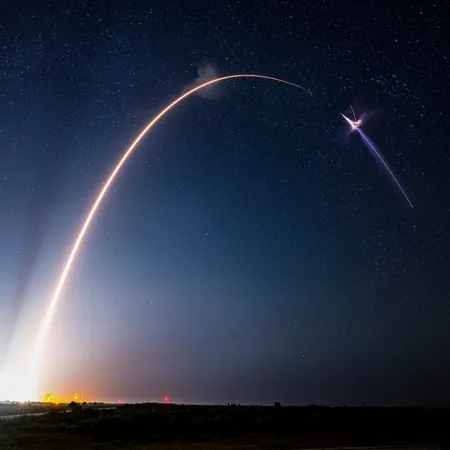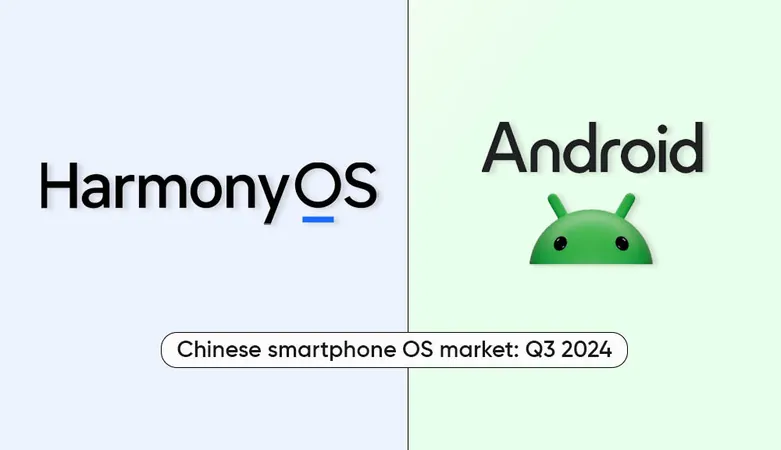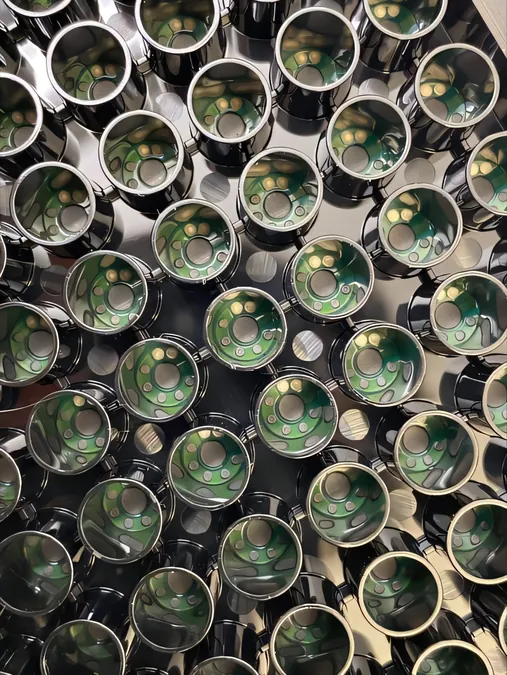
SpaceX Successfully Launches Latest Cargo Dragon Mission to the ISS – What’s New and Why It Matters!
2024-11-05
Author: Ming
In an exciting advancement for space exploration, SpaceX launched a cargo Dragon mission to the International Space Station (ISS) as part of its ongoing collaboration with NASA.
The Falcon 9 rocket took off from Kennedy Space Center's Launch Complex 39A at precisely 9:29 p.m. Eastern on November 4.
The mission, designated CRS-31 (SpX-31), saw the Dragon spacecraft successfully deployed into low Earth orbit about nine and a half minutes after liftoff. It is slated to dock with the ISS at approximately 10:15 a.m. Eastern on November 5, utilizing the forward port on the Harmony module—recently vacated when the Crew-9 Dragon spacecraft temporarily moved to another port during an earlier maneuver.
This mission is more than routine; it's critical in delivering a whopping 2,762 kilograms of cargo to the station. Among the payload are essential crew supplies, scientific experiments, and hardware necessary for ongoing operations. Notably, this mission features 56 scientific investigations which include cutting-edge experiments like CODEX, an instrument designed for monitoring the Sun's corona, and ARTEMOSS, which examines how Antarctic moss endures space's harsh conditions, a potential boon for future life support systems in space!
Innovative Changes on a Routine Mission
While the mission follows a familiar pattern, it also brings forth several significant innovations. For the first time, the Dragon spacecraft will perform an ISS reboost maneuver while docked. Scheduled for November 8, this maneuver will allow Dragon to fire its Draco thrusters for a duration of 12 and a half minutes, enhancing the ISS's orbit. This maneuver is not merely a technical exercise but a vital test for improving the capabilities of all vehicles operating aboard the ISS.
Data collected from this reboost will also play an instrumental role for SpaceX in developing the U.S. Deorbit Vehicle (USDV), a project that aims to facilitate the deorbiting of the ISS around 2030. NASA awarded SpaceX a contract worth up to $843 million for this crucial development.
Commitment to Safety and Operational Excellence
In light of recent safety concerns raised by NASA's Aerospace Safety Advisory Panel regarding upper stage malfunctions during previous Falcon 9 launches, both NASA and SpaceX have reaffirmed their commitment to safety protocols. Despite these concerns, officials have stated that current operational reviews will continue without alterations. "We conduct all of our normal reviews and work closely with SpaceX," said Bill Spetch, ISS operations and integration manager at NASA.
Jared Metter, director of flight reliability at SpaceX, emphasized the learning potential inherent in every launch, noting that no systematic issues related to the anomalies have been identified. "Each launch is an opportunity to learn,” he remarked confidently.
This mission signifies not just another launch, but a step forward in deepening our understanding of life in space and enhancing safety measures for future operations. The successful docking of the Dragon spacecraft will lead to a new chapter of research and innovation aboard the ISS, pushing the boundaries of human ingenuity and exploration. Keep your eyes on the stars, as SpaceX continues to pave the way for future missions!



 Brasil (PT)
Brasil (PT)
 Canada (EN)
Canada (EN)
 Chile (ES)
Chile (ES)
 España (ES)
España (ES)
 France (FR)
France (FR)
 Hong Kong (EN)
Hong Kong (EN)
 Italia (IT)
Italia (IT)
 日本 (JA)
日本 (JA)
 Magyarország (HU)
Magyarország (HU)
 Norge (NO)
Norge (NO)
 Polska (PL)
Polska (PL)
 Schweiz (DE)
Schweiz (DE)
 Singapore (EN)
Singapore (EN)
 Sverige (SV)
Sverige (SV)
 Suomi (FI)
Suomi (FI)
 Türkiye (TR)
Türkiye (TR)